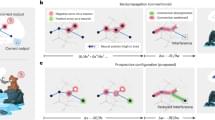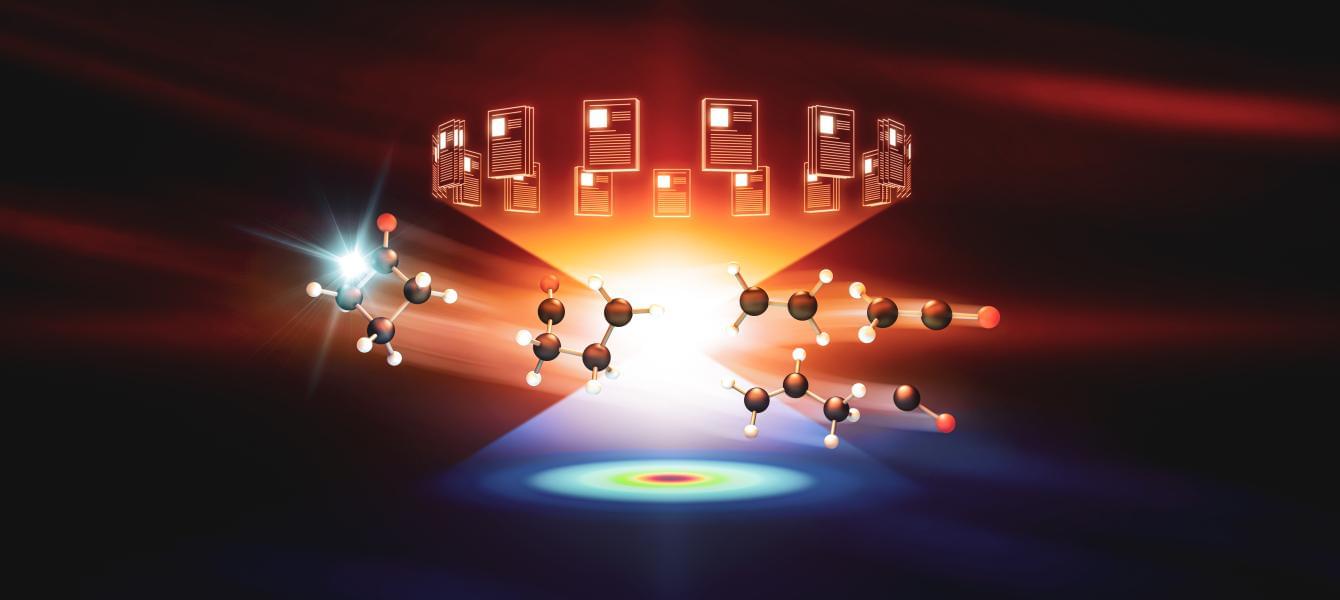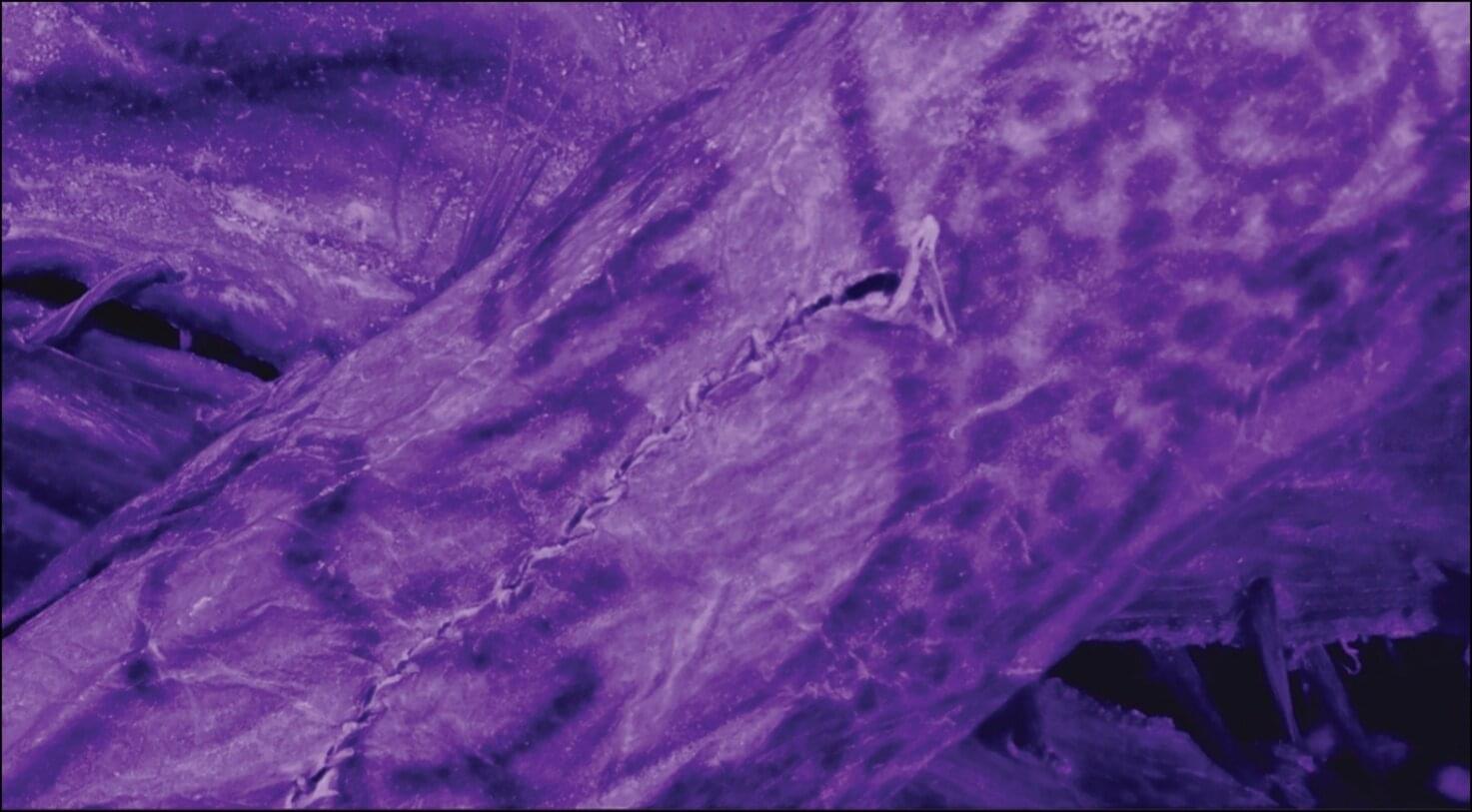An impressive project by Anderson Rohr.
Category: futurism – Page 28


Learning representations by back-propagating errors
Rumelhart, D., Hinton, G. & Williams, R. Learning representations by back-propagating errors. Nature 323, 533–536 (1986). https://doi.org/10.1038/323533a0




Cross-country study gathers new insight about the psychology of social class
Understanding the effects of social class on people’s attitudes, thoughts, feelings and behaviors could have valuable implications, as it could help to tailor social and behavioral interventions around the unique psychological characteristics of target populations. Past studies have introduced and tested various theoretical predictions related to the psychology of social class, yielding a wide range of interesting findings.

UK online legislation threat to operations, Wikipedia to argue in court
Online encyclopedia Wikipedia will argue this week that the UK’s Online Services Act could impact the safety and privacy of its volunteers.
The foundation behind the crowdsourced information site Wikipedia will argue in British court this week that new legislation threatens its operations.
The Wikimedia Foundation will tell London’s Royal Courts of Justice on July 22nd that the regulations under the UK’s Online Safety Act (OSA) put it at “unacceptable risk” of being subject to Category 1 duties as a “high-risk site”

Modern tattooers meet their ancient match with the ice mummies of Siberia
An international team of archaeologists has used high-resolution digital imaging techniques to examine tattoos on a more than 2,000-year-old ice mummy from the Pazyryk culture of Siberia, shedding light on individual craftsmanship in prehistoric Siberian tattooing for the first time.
Tattooing was likely widespread during prehistory, but the lack of surviving tattoos means it is difficult to investigate. The so-called “ice mummies” of the Altai mountains are an exception, since their deep burial chambers encased in permafrost sometimes preserve the skin (and therefore tattoos) of those buried within.
“The tattoos of the Pazyryk culture-Iron Age pastoralists of the Altai Mountains-have long intrigued archaeologists due to their elaborate figural designs,” states senior author of the research, Dr. Gino Caspari from the Max Planck Institute of Geoanthropology and the University of Bern.

Cyberpunk: Envisioning Possible Futures Through Cinema
Paris theater — cyberpunk: envisioning possible futures through cinema.
This series was programmed to accompany the museum’s exhibition Cyberpunk: Envisioning Possible Futures Through Cinema.
Tickets are available below for purchase by the public, while Academy members can request tickets at membership.oscars.org.